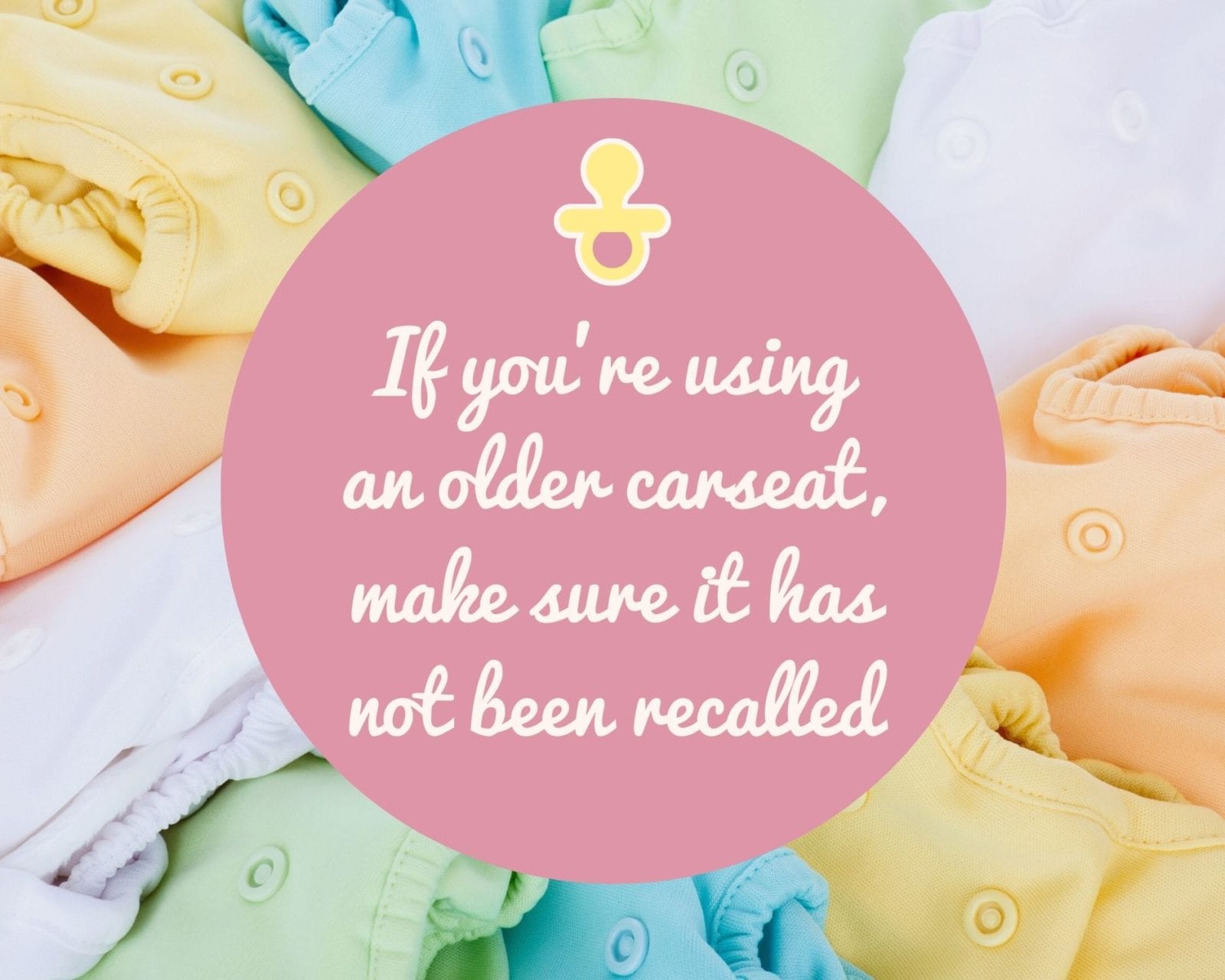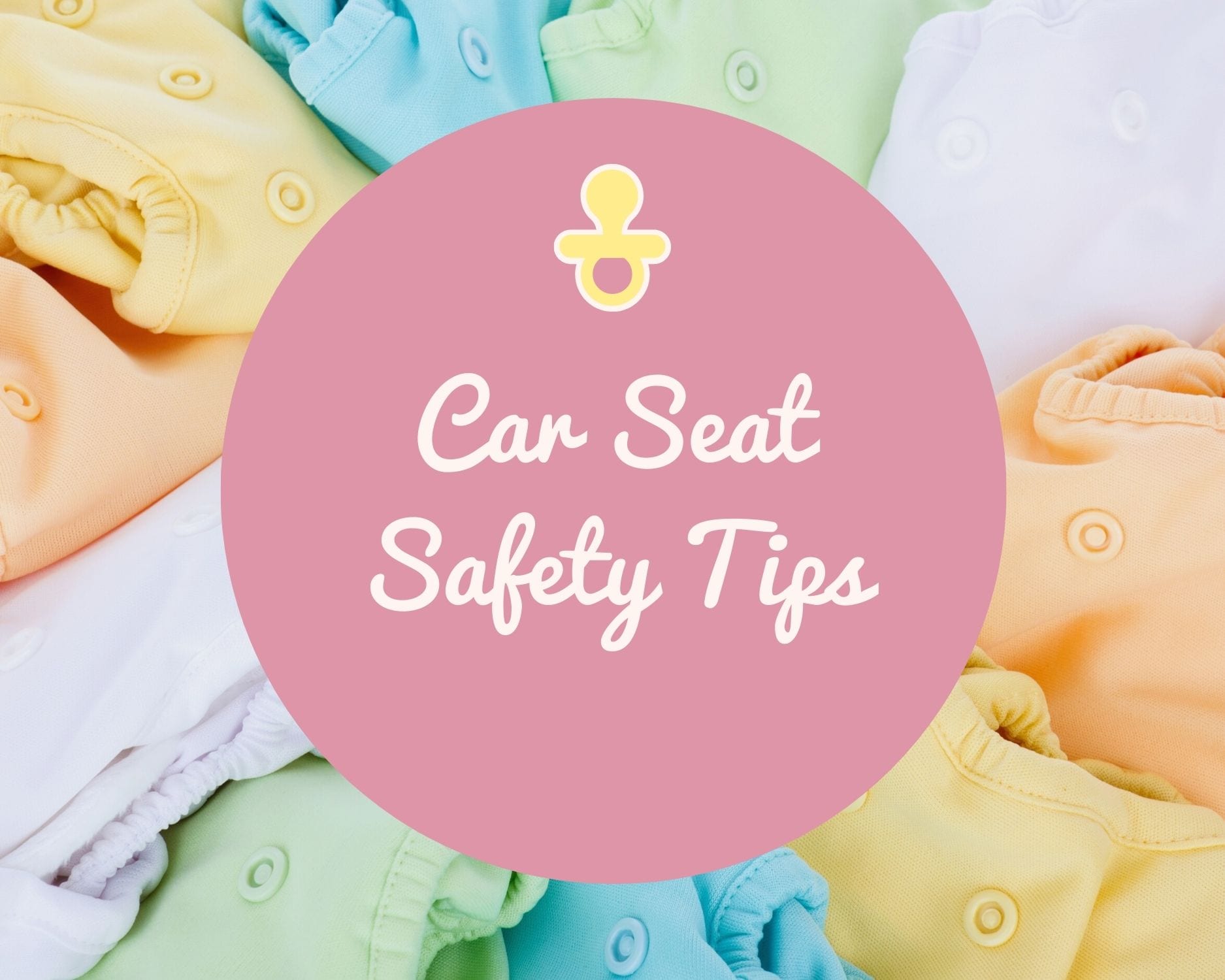Car Seat Safety Tips and Tricks
One of the most important purchases you’ll make before your baby is born is a car seat. After all, you won’t be able to take your baby home from the hospital without one. Car crashes are a leading cause of death for children ages 1 to 13. That’s why it’s so important to choose and use the right car seat correctly every time your child is in the car.
Your child will use some sort of car seat — rear-facing, forward-facing, or a booster seat, depending on his age, height, and weight — until he’s about seven or eight years old. You know you will drive even more cautiously with precious cargo in the back seat, but car accidents can happen at any time to anyone. Thankfully, car seats that are installed and used correctly can reduce the risk of death by more than 70%.
Choosing the Right Car Seat
Any new car seat you may purchase will meet federal safety regulations and has passed crash tests, so as long as it is installed and used properly, it will keep your baby safe.
Most car seats last about six years. After that, the impact-absorbing foam in the seat is considered expired. If you’re using a hand-me-down car seat, check the expiration date, which should be printed on the bottom of the seat. A good rule of thumb to remember is this: if you don’t know the car seat’s history, don’t use it.
Another thing you should do before using a second-hand or older-model car seat is to make sure it has not been recalled by the Consumer Product Safety Commission. Just visit the CPSC Recall website and search carseats.
There are two types of car seats you can choose from — infant and convertible. Infant car seats are convenient because they have a base they attach to in the car and they can attach to a stroller, but your little one will outgrow this kind of seat after one year. After that, you’ll have to get a convertible car seat, which also works for infants. A convertible seat will last longer for your child and can convert from rear-facing to forward-facing.
Your baby will use a rear-facing car seat from birth until he’s at least two years old, depending on height and weight. After that, you can switch to the forward-facing seat. After your child reaches the maximum height or weight limit for his car seat, then you can upgrade to a booster seat for a few years until a regular seat belt fits properly, which is usually between 8 and 12 years old. For a seat belt to fit properly the lap belt must lie snugly across the upper thighs, not the stomach. The shoulder belt should lie snug across the shoulder and chest and not cross the neck or face.
Installing Your Car Seat Correctly
When you pick up your baby’s new seat, read the installation instructions carefully and check your car’s owner’s manual for car seat safety since not every vehicle is the same.
The safest place to install your car seat is in the middle of the back seat. There are two ways to install the seat — LATCH or seatbelt. Both are safe and effective, but you can only use one for your car seat.
For LATCH (or Lower Anchors and Tethers for Children), you will find two anchors in the backseat of your vehicle — all vehicles since 2002 are required to have LATCH anchors — that connect with the two connectors on the base of your baby’s car seat.
For seatbelts, you can attach the car seat by pulling the seatbelt through the designated belt path on the back of the car seat and plugging it in.
If you’re having difficulty getting your car seat baby-ready, search for installation tutorials online to help. Installing the car seat properly is one-half of the equation for car seat safety.
In some areas of the country, you can go to a car seat checkup event or inspection station or reach out to a certified Child Passenger Safety Technician. This way, you can have an expert help ensure your baby’s safety in your vehicle.
The Right Fit For Your Baby
Now that you’ve got your car seat properly installed in the car, it’s time for the second half of the safety equation: making sure your baby is placed correctly in the car seat.
Harness. The five-point harness is the safest harness for your baby and offers the most protection. This harness has straps that go over your baby’s shoulder, hips, and then buckles into the seat between the legs.
Snug fit. A bulky winter coat might prevent a snug-fit harness and make the car seat less effective. Dress your baby in thin layers so you can be sure the harness fits him correctly.
Pinch test. To make sure the car seat’s harness is tight enough, try to pinch the strap at the shoulder between two of your fingers. If the harness is too loose, you’ll be able to pinch the strap. If it’s tight enough, your fingers will slide right over the material without any pinching.
If your baby shows signs of distress and cries when he’s in his car seat, the harness might be a bit too tight.
You can never be too certain that your baby is as safe as possible. Once you know your little one’s car seat is installed and used properly, you can take him with you wherever you go!

